National Inventors’ Day is February 11. This is a great reason to visit the library and ask for a book about American Inventors. The various stories of inventors and the inventions they are famous for make fascinating reading. Their stories are interesting because things don’t always happen easily. How interesting is a story with no plot twists or challenges for the characters to overcome? Pretty boring, because real life has plot twists and challenges. Many people call these things “failures” but they don’t mean the story is over.
Failure Is A Chance To Learn
The reason an inventor is successful is because they know how to learn from their failures and keep working on a solution.
Thomas Edison’s legendary 10,000 attempts to make a light bulb is a myth based on his decades-long quest to develop electric lighting. His real words to his friend, Walter Mallory, were:
Results! Why, man, I have gotten lots of results! I know several thousand things that won’t work!
Thomas Edison is not the only inventor who saw failure as a necessary part of the process. IBM Master Inventor Lisa DeLuca is the most prolific female inventor in the company’s history and says failure gives you a chance to tweak your idea and make it better. Her story and more are part of the PBS Newshour Invention Project.
But They Did Not Give Up is a list of many people who learned from failures in their lives and kept moving toward success. This list has short bios with each name, and there are people from all walks of life. Inventors are not the only people who learn from failures! The Creativity Post takes a look at Famous Failures from History to encourage us that you have to learn how to fail in order to succeed.
Learning How To Fail
In order to learn from failures, records must be kept. An inventors log book can be as simple as handouts with standard questions kept in a binder. Let students invent or experiment with something and record the process. Include what happened, and why it may not have worked. Record the changes made for the next attempt and keep trying. This develops observation skills, logic, and communication as it teaches that failure is not to be avoided. The important thing is understanding that failure is part of an interesting story that ends in success.
More Resources For Teachers
- Read and Understand Science Workbook (grades 4-6) includes the process of invention and has reproducible pages
- TeachersFirst’s Inventors and Inventions Resources has 133 links to useful content
- Classroom Direct’s Pinterest boards — STEM for Homeschoolers, STEAM Engineering, and STEAM Science
- Lab Research Notebook to encourage budding scientists with professional tools

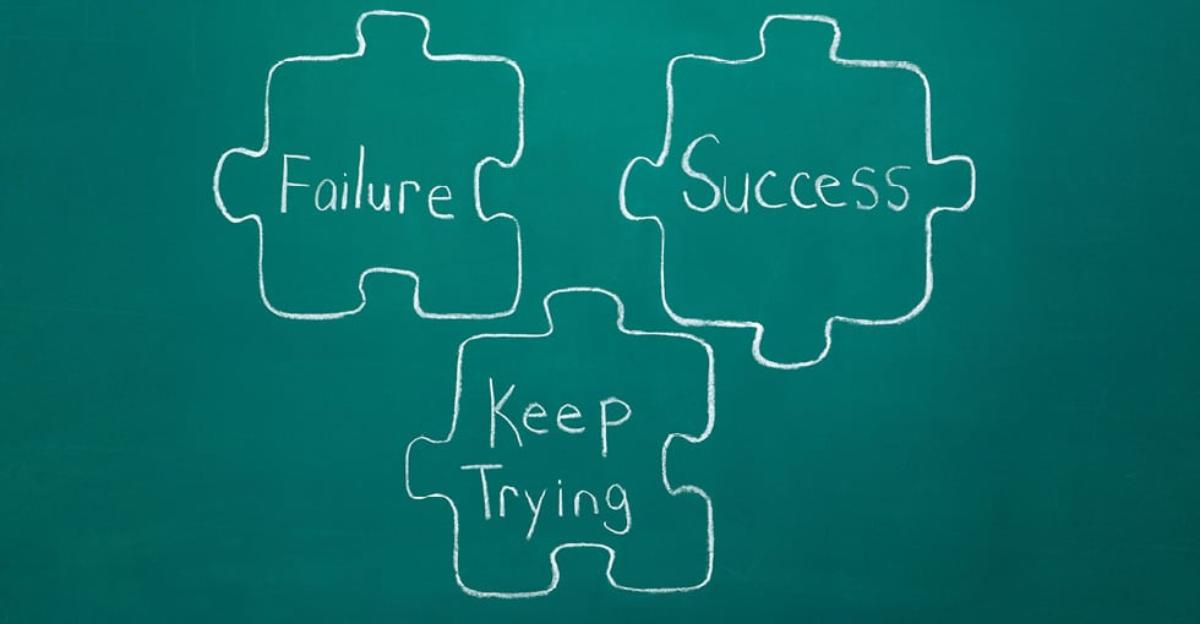
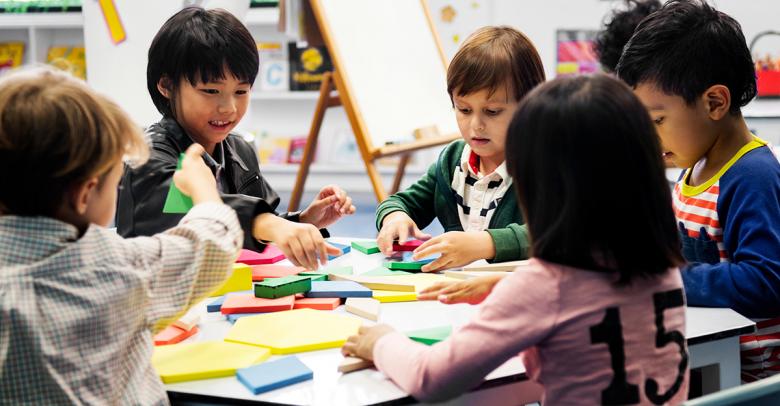
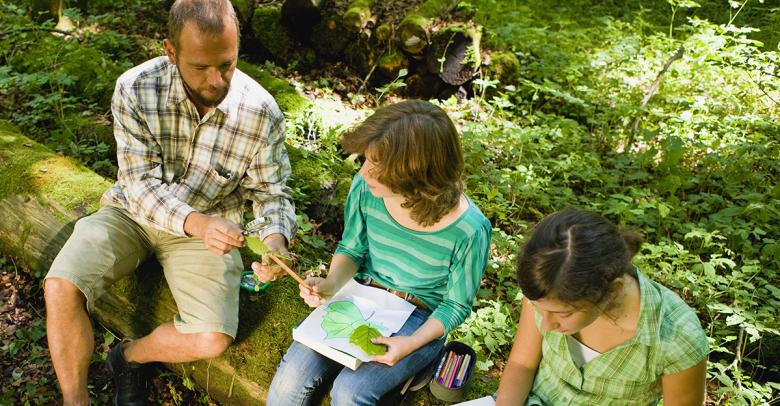
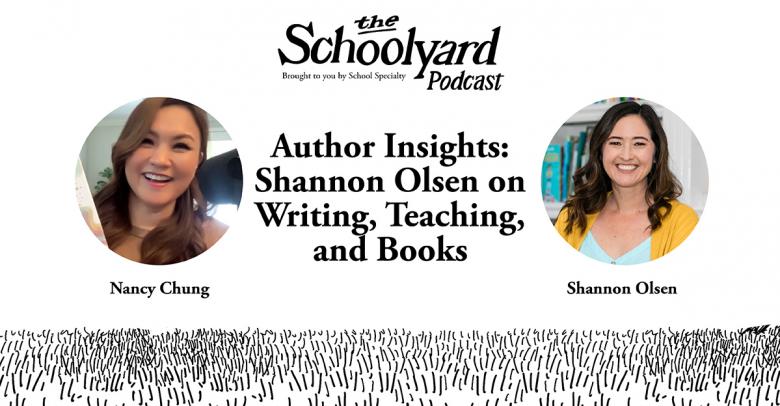
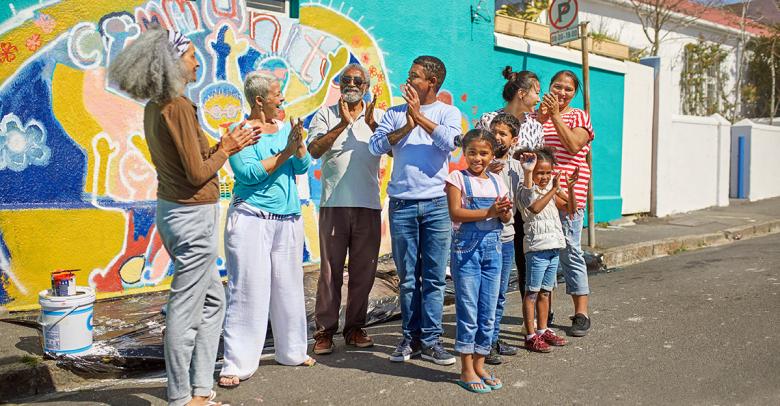
Leave a Reply